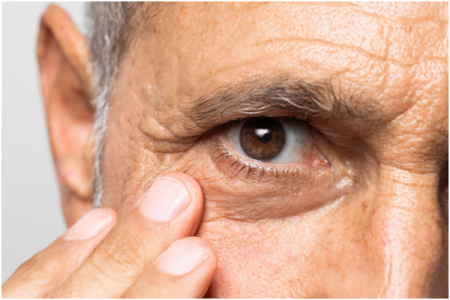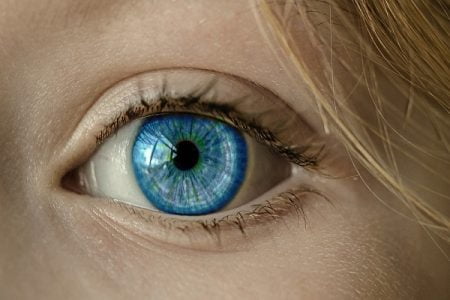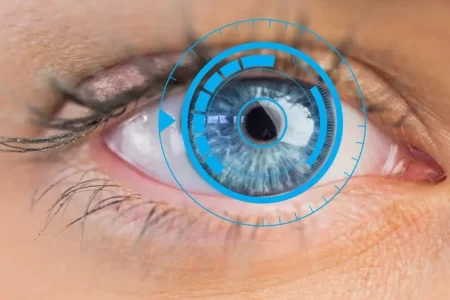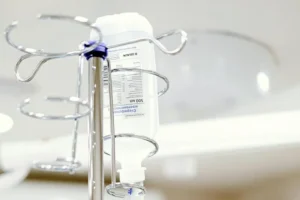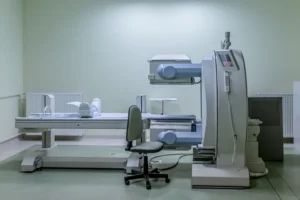Different Stages of Keratoconus
- Updated on: Jun 29, 2024
- 4 min Read
- Published on Oct 10, 2018
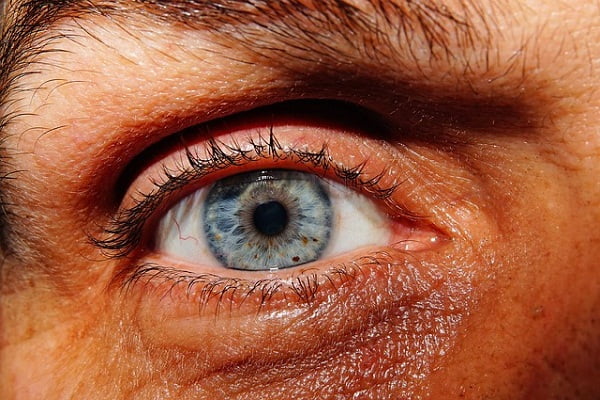
What is keratoconus?
Keratoconus involves steepening and thinning of your cornea, which is the front clear window of your eye. Cornea helps in focusing light at the retina to form a perfect image. Keratoconus is a genetic disorder which affects 1 in every 2000 people.
Keratoconus leads to higher sensitivity to light. It causes blurriness, shortsightedness in your vision, halos and ghosting near a light source. Common symptoms of keratoconus include progressive bulging of your cornea into a cone-like shape, thinning of your cornea and impaired vision.
Stages of keratoconus
The rate of advancement of keratoconus varies considerably and is quite variable in each eye. The rate of progression in a later stage is also higher than in an early stage keratoconus. As the condition progresses through different stages, doctors routinely monitor changes in the physical and optical characteristics of your eye which help them classify the severity of your condition.
Usually, the progression of keratoconus occurs in the age of 40-45 years and then it gets stabilized. In some cases, the progression may even occur even after the age of 50. Doctors believe that progression of keratoconus usually occurs during the first 15-20 years after the onset of the disease.
The stage of keratoconus is classified depending upon the steepening of your central corneal and morphological and topographical patterns of your cone which are analyzed by using different corneal topography maps.
Corneal topography involves analyses of the curvature, shape and elevation of your cornea. These characteristics also help your doctor to distinguish between irregular astigmatism, corneal dystrophies and case of keratoconus. Morphological characteristic of a keratoconic cone involves analysis of the apex of your cone, which is the point of maximal corneal protrusion.
Following are the stages of keratoconus:
Early Keratoconus (Stage 1)
Early keratoconus is also known as forme fruste keratoconus. It involves slight corneal distortion (abnormal topography) which leads to little effect on the quality of your vision and has minimal or low progression rate. Usually patients do not experience any signs and symptoms at this stage. The major features in this stage include:
- Eccentric steepening of your cornea
- Myopia and induced astigmatism having <5.00 D
- Mean central K reading [keratometry (K) is the measurement of your corneal curvature, it determines the power of your cornea] and is greater than 48 D
These patients undergo a topography control every 6 months, especially those patients who are under 40 years.
Treatment of early stage keratoconus
Early stage keratoconus is treated by using spectacles or contact lenses. Spectacles help in fixing myopia and astigmatism and provide adequate vision to the patient. Soft contact lenses containing spherical or toric corrections are considered as the best option while performing sport activities.
Moderate Keratoconus (Stage 2)
Moderate keratoconus involves a higher corneal distortion which leads to variable changes in your cornea. Spectacles no longer remain effective for such patients, as they decrease the quality of your vision. The major features in this stage include:
- Myopia and induced astigmatism, ranging from 5.00 to 8.00 D
- Mean central K reading is greater than 53.00 D
- No scarring occurs in your cornea
- Corneal thickness is less than 400 micron
Treatment of moderate keratoconus
Rigid gas permeable contact lenses are considered as the most suitable option for moderate keratoconus patients, as it provides better quality vision than spectacles. These lenses are accessible in different diameters ranging from 8.0 – 20.0 mm in a miniscleral form.
They cover the entire corneal irregularity using a regular hard surface and neutralize about 90% of the corneal distortion in your eye. The focusing power of the contact lens is helpful in reducing the effect of myopia, hyperopia and astigmatism in the patient. This further provides a better contrast, reduces ghosting and flaring and offers a much clearer vision.
Hybrid lenses are those rigid gas permeable lenses which are surrounded with a soft material. They provide excellent vision quality with great comfort and stability. A new form of soft lens called KeraSoft, is also effective for moderate keratoconus cases.
Emergency spectacles can be used as a back-up, if you experience eye irritation or if your lenses get lost. These spectacles do not provide 100% clarity to your vision, but can be used as an alternative in some situations.
It is very important to undergo regular reviews of your eyes to check progression of the keratoconus. The doctor will check your eye condition and fitting of the rigid gas permeable contact lenses. This helps your doctor ensure stability of the vision and maintain a healthy eye.
Advanced Keratoconus (Stage 3)
Advanced keratoconus involves considerable corneal distortion along with moderate keratoconic changes in your cornea and slight corneal scarring. The major features of this stage condition include:
- Myopia and induced astigmatism ranging from 8.00 to 10.00 D
- Mean central K readings are greater than 53.00 D
- Absence of scarring
- The corneal thickness may range from 300 – 400 micron
Treatment of advanced stage keratoconus
Specialized rigid gas permeable contact lens design is used for the treatment of advanced stage keratoconus. They involve greater changes in their design by considering a much steeper inner curvature to maintain an appropriate fitting of the lens. Large miniscleral or scleral rigid gas permeable contact lenses are beneficial for people having an unusually shaped cornea. They vault cornea and improve stability and comfort in eyes.
Severe Keratoconus (Stage 4)
Severe keratoconus involves extreme corneal distortion along with substantial corneal scarring and thinning in your eye. Rigid gas permeable contact lenses provide poor vision, reduction in the tolerance of contact lens and are difficult to provide a suitable fitting. The major features of this stage condition include:
- Refraction is not measurable in such cases
- Mean central K readings are greater than 55.00 D
- It involves central corneal scarring
- Corneal thickness will be higher than 200 micron
Treatment of stage 4 keratoconus
Severe keratoconus patients require a corneal transplant surgery as spectacles and specialized lenses are not suitable for their treatment. You can refer to an experienced corneal surgeon for a corneal transplant.
Corneal Collagen Cross linking
Corneal collagen cross linking is a technique to inhibit progression of keratoconus to advanced and severe stages. It works by hardening of the cornea. Doctors believe that this method will significantly reduce the rate of corneal transplantation in patients and lower difficulty in the fitting of contact lenses.





